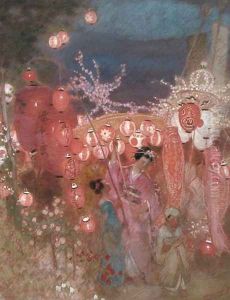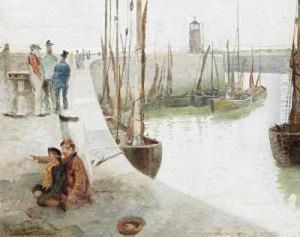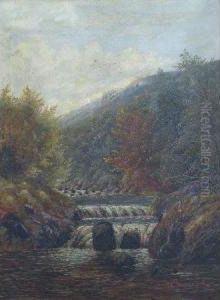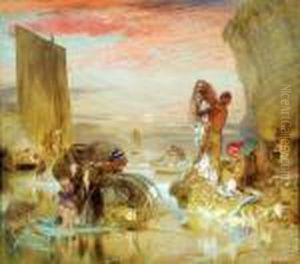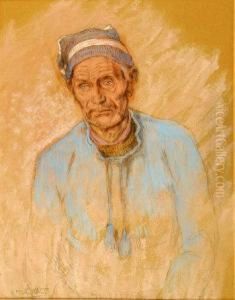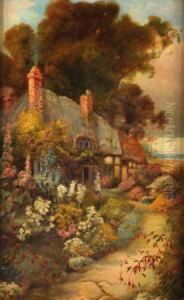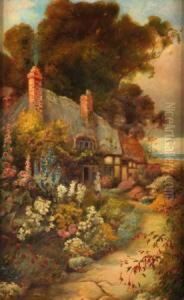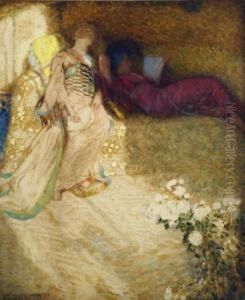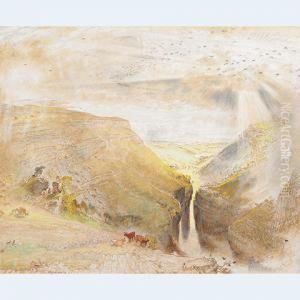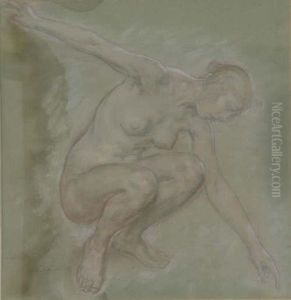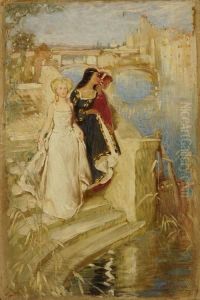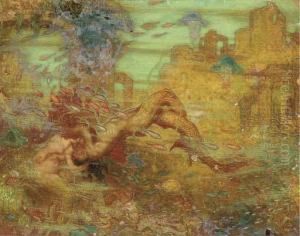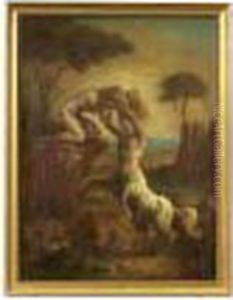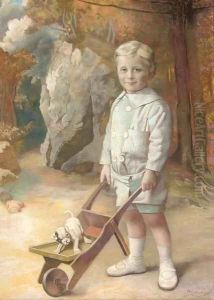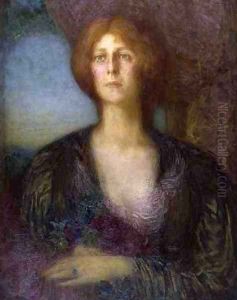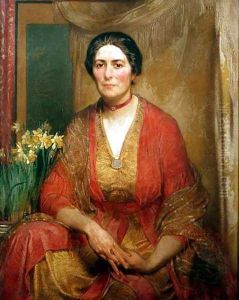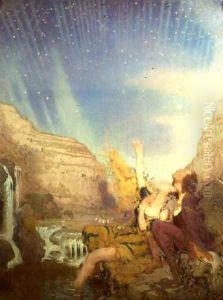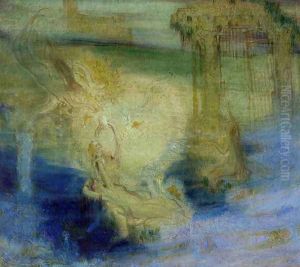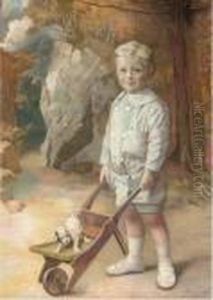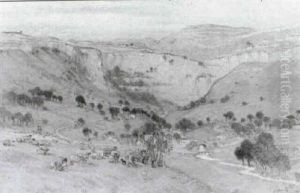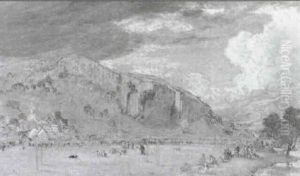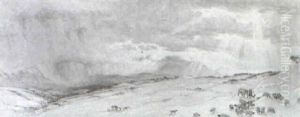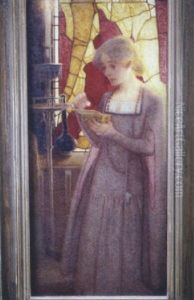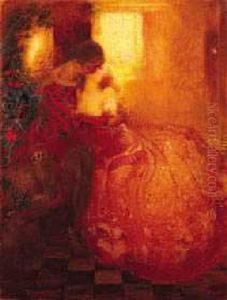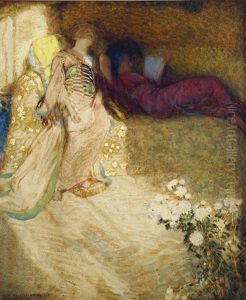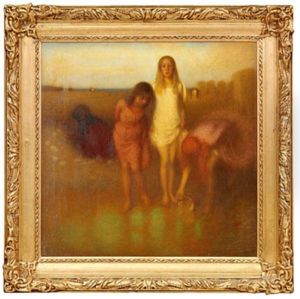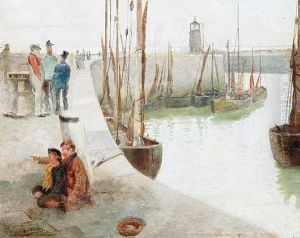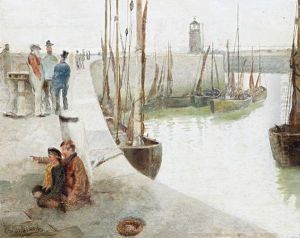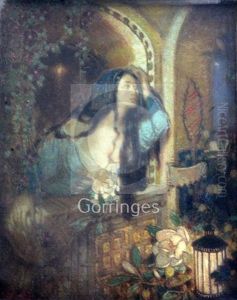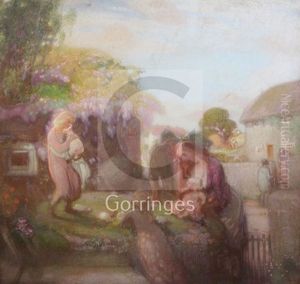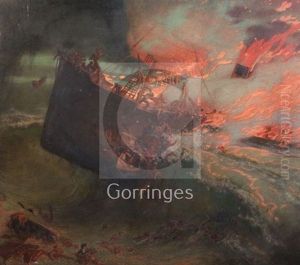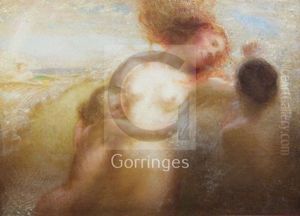William Shackleton Paintings
William Shackleton was a British artist, born in Bradford, West Yorkshire, England in 1872. He attended Bradford Grammar School and later studied at the National Art Training School, South Kensington, and the Royal Academy Schools. Shackleton began his artistic career primarily as a painter and was known for his landscapes, figure paintings, and portraits. His work displayed a unique combination of Symbolism and naturalism, reflecting the influence of contemporary movements such as the Pre-Raphaelite Brotherhood and Aestheticism.
Shackleton exhibited his work at various prestigious venues, including the Royal Academy in London and the Paris Salon. His paintings often depicted ethereal, dream-like scenes infused with a sense of mysticism and spirituality, which became his signature style. Shackleton's approach to art was not purely visual; he also engaged with literature and was known for illustrating several books, which further demonstrated his versatility as an artist.
During his career, Shackleton garnered respect and recognition from his peers and the public, although he did not achieve the same level of fame as some of his contemporaries. In addition to his painting, he was also an educator, teaching at the Leeds School of Art and influencing a new generation of artists.
William Shackleton's contributions to art were cut short when he died in 1933. Despite his relatively short career, he left behind a body of work that continues to be appreciated for its poetic beauty and technical skill. Shackleton's art is represented in several public collections, including the Tate Gallery and the Bradford Museums and Galleries, ensuring that his legacy endures in the history of British art.
